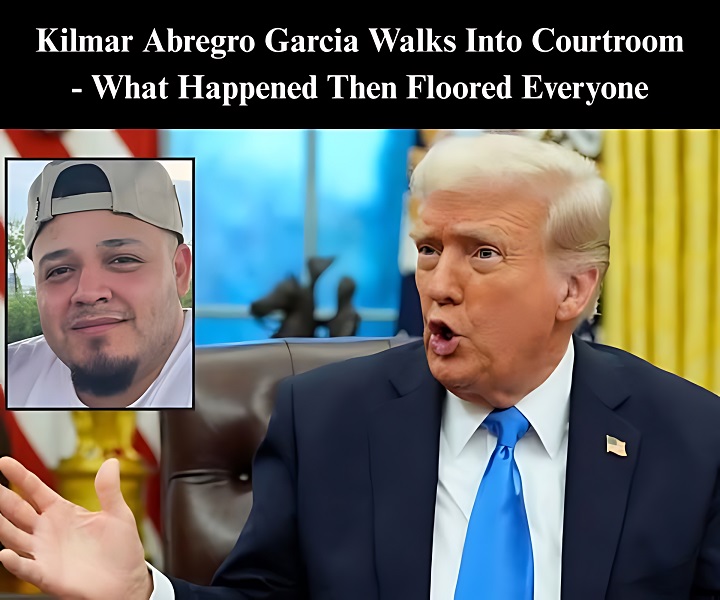In response to six consecutive days of anti-ICE riots in Los Angeles, the Trump administration intensified federal enforcement efforts. The unrest, marked by violent clashes and vandalism, prompted swift federal action aimed at restoring order and deterring further escalation. Federal authorities focused on individuals believed to be organizing or facilitating the protests, especially those allegedly connected to radical activist groups.
One key arrest was that of Alejandro Theodoro Orellana, an alleged member of the radical Brown Berets organization. Orellana was charged with conspiracy to commit civil disorder. According to the FBI, he distributed Uvex Bionic Face Shields—typically used in industrial settings—to protesters in an effort to help them resist police crowd control measures. These shields, while non-lethal, provided demonstrators with increased protection and encouraged more aggressive confrontation.
Footage aired by FOX LA showed riot gear being unloaded from a truck and handed out to protesters. Independent journalist Andy Ngo reported that far-left activists were crowdfunding riot equipment online, making such gear more accessible to those on the front lines of the protests. This coordination raised concerns among officials about the level of premeditation and resourcefulness behind the demonstrations.

Former Trump advisor Joshua Steinman weighed in, connecting Orellana’s actions to broader national security issues. He suggested that the riots and activist support networks reflected weaknesses in the Biden administration’s approach to border and internal security. Steinman argued that these events underscored the need for stronger federal intervention and more rigorous immigration enforcement.
Meanwhile, Trump applauded a decision by the 9th Circuit Court of Appeals allowing him to continue deploying the California National Guard. This overturned a prior ruling by U.S. District Judge Charles Breyer, who claimed Trump had overstepped by federalizing the Guard without Governor Gavin Newsom’s consent. The reversal highlighted the ongoing tensions between federal authority and state governance amid civil unrest, and reinforced the administration’s commitment to defending federal personnel and property in California.
